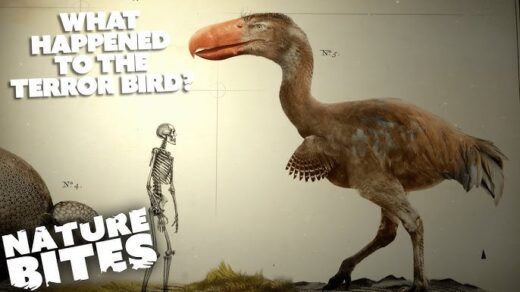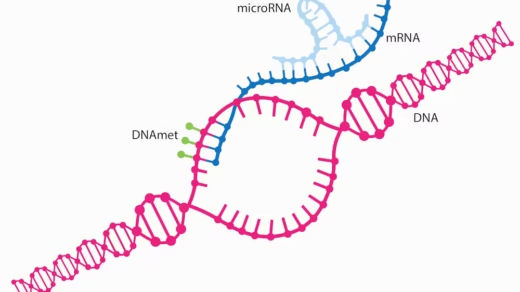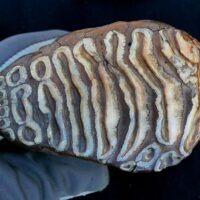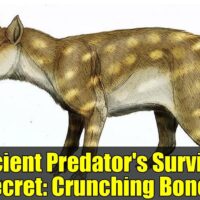Recent discovery has recently call the validity into question regarding the size estimates for several extinct megafaunal species. They indicate that earlier assumptions may not hold good. For example, the Dunkleosteus was a prehistoric armored fish whose length had been estimated at up to 10 meters, but recent research indicates that it is likely half as long as was projected. This really does raise a very important question concerning how size is initially ascribed and perhaps calculated.

As evolutionary biologist Joel Gayford and colleagues point out, such threats to accuracy mean that scientific communities are more cautious when making initial assessments. The sheer number of successive record-breaking size studies has been followed by a wave of subsequent publications challenging these, in what is becoming a chronic cycle of scrutiny within paleontology.
It is challenging to estimate the body size of extinct organisms, particularly when their fossils are very scarce. There is, for example, Otodus megalodon, another enormous prehistoric creature aside from the other gigantic being Perucetus. Only teeth and vertebrae/ribs/pelvis, respectively, were left behind. Scientists have relied on either comparisons to known species or computational models as estimates of their body size; these, however, are estimates obtained through assumptions that would mislead the interpretation.
Megalodon is one in many examples. Traditionally it was believed to be very closely related to modern great whites and is assumed to have a broad body, which would accommodate an estimated length of 11 meters. However, latest discoveries suggest that it may have been longer but slender, somewhat like a bus instead of a van. Similarly, Perucetus’ weight has been revised from 340 metric tons down to about 100 metric tons so it’s still impressive but nothing to the blue whale’s 245-ton maximum.

Good size estimates are also important to discern some ecological functions and dynamics within ecosystems. Such estimates impact perceptions of predator-prey interactions and food resources. The revelation of such misunderstandings compounded by environmental changes stress the need for better size estimates.
However, some inconsistency on analyses is already argued in terms of size estimates. Even Vertebrate paleontologist Jack Cooper says that the study is not able to be scrutinized much. He says that most studies would still be inconclusive about the body size of Megalodon. Thus, he questions whether all these researches are reproducible as only rare fossil remains justify them. In other words, consistency of a review is questionable.
Gayford clarified that the comment was about the infrequency of fossils, not what he thought of Cooper’s research. He focused on the fact of pitfalls in the estimation of sizes from evidence and he pointed out how exaggerated claims sprouted throughout the journals while sensational discoveries were favored over scientifically solid conclusions.
Ultimately, both authors call for a shift of focus from what becomes merely the physical dimensions of the extinct creatures. They enlighten the readership on the importance of such creatures in evolutionary history independent of their physical statures.

Engage with Us:
Stay tuned for more captivating insights and News. Visit our Blogs , Science paper , Study Portal and Follow Us on social media to never miss an update. Together, let’s unravel the mysteries of the natural world.



















